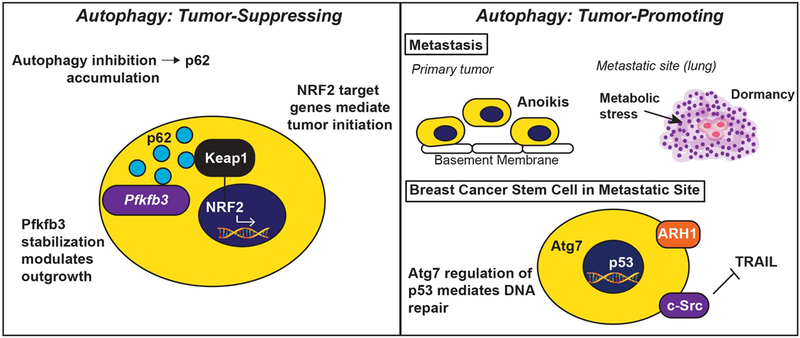Figure 3. The Tumor-Suppressing and Tumor-Promoting Activities Elicited by Autophagy.
Autophagy functions to suppress tumor initiation (left panel), as well as to promote tumor development and progression (right panel). In early stages of tumor formation or during periods of metastatic dormancy, autophagy is tumor suppressive. Upon autophagy inhibition, p62/SQSTM1 accumulates and stabilizes Pfkfb3, leading dormant breast cancer stem cells to initiate metastatic relapse. Additionally, p62/SQSTM1 also inhibits the interaction between Keap1 and NRF2, thereby preventing NRF2-mediated expression of genes operant in tumor initiation (left panel). In stark contrast, autophagy provides established tumors with pro-survival phenotypes, including protection from anoikis and intrinsic cellular stressors encountered during metastatic dormancy. Likewise, autophagy protects breast cancer stem cells by ensuring for their resistance to the apoptotic stimuli housed within the metastatic microenvironment (e.g., Src-mediated TRAIL resistance), and to chemotherapeutic insults (e.g., Atg7-mediated p53 regulation of DNA repair). Finally, dormant cells can upregulate ARH1 to induce autophagy and promote the activation of pro-survival signaling systems that ensure for their survival.

